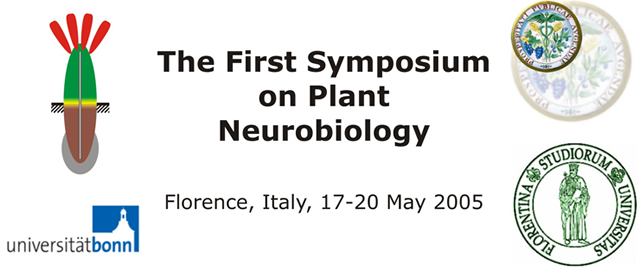1 The New York Botanical Garden 200th St. and
Kazimiroff, Bronx, NY 10458, USA
2 Dept. of Biology, 1009 Main Building , New York University,
New York , NY 10003, USA |
|
Plants produce a variety of compounds which affect the
human nervous system. Although their effects on humans have been well studied, their role in plants is poorly
understood. One such compound, BMAA [S(+)-beta-Methyl-alpha, beta-diaminopropionic acid], is common to all
species of the most ancient, living seed plants, the cycads. BMAA in cycads has been incriminated as the
etiological source of Guam’s dimentia, a disease in the South Pacific--manifested often years after
exposure, that results in an Alzheimer’s and Parkinson’s disease. In the animal nervous system,
BMAA acts upon ionotropic and metabotropic glutamate receptors (iGluRs), which are ligand-gated ion channels
that transmit synaptic signals necessary for a variety of functions including vision and memory. It is not
known if BMAA has a physiological role in plants; however, genes with high sequence similarity to animal
iGluRs have been identified in a number of plant species. We have taken a pharmacological approach to uncover
the role of plant glutamate receptor (AtGLR) genes, by examining the effects of BMAA, a cycad-derived iGluR
agonist, on Arabidopsis morphogenesis. When grown in the presence of BMAA, Arabidopsis seedlings show a two to
three fold increase in hypocotyl length and a significant inhibition of cotyledon opening. The effect of BMAA
on hypocotyl elongation is light-specific and can be reversed by the simultaneous application of glutamate,
the native iGluR agonist in animals. A genetic screen was devised to isolate Arabidopsis mutants with a BMAA
insensitive morphology (bim). When grown in the light on BMAA, bim mutants have shorter
hypocotyls then wildtype. Analysis of the bim mutants, as well as the role of BMAA, will be
discussed. |

